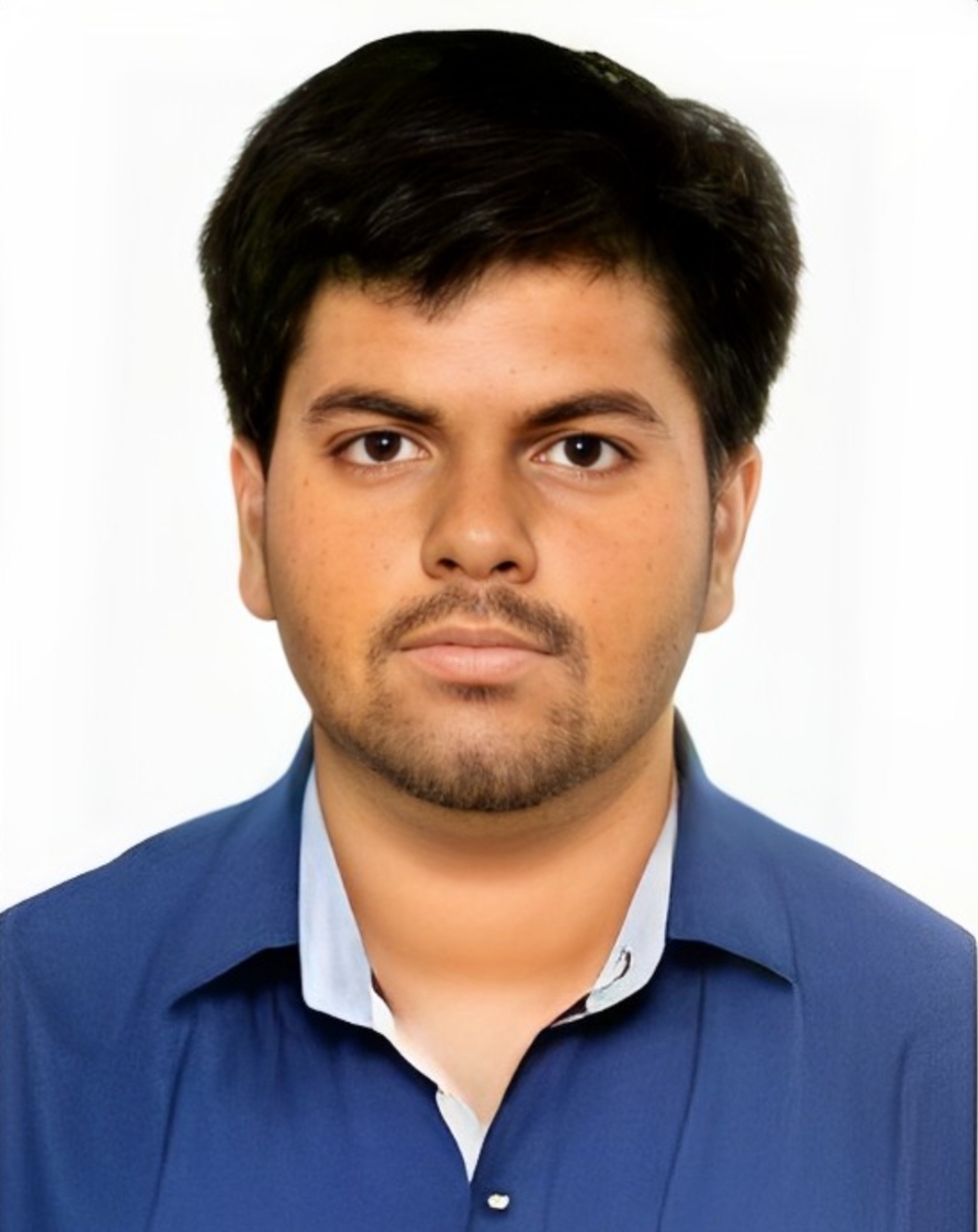In the quiet town of Buldhana, Maharashtra, a rare medical phenomenon has stunned doctors and the medical community. A 32-year-old pregnant woman has been diagnosed with a condition so unusual that it has only been recorded about 200 times in history. The anomaly, known as ‘Fetus in Fetu’, is a rare congenital disorder in which a malformed fetus develops inside the body of its twin.
This condition, which affects approximately one in 500,000 births, has mostly been identified only after delivery. However, in an extraordinary turn of events, a team of alert doctors at Buldhana District Women’s Hospital detected it before birth, making it one of the few documented prenatal diagnoses of ‘Fetus in Fetu’ worldwide.
The woman, who was 35 weeks pregnant, had visited the hospital for a routine sonography scan. What was supposed to be a normal prenatal check-up turned into a once-in-a-lifetime medical revelation. Dr. Prasad Agarwal, an obstetrician and gynecologist at the hospital, was the first to notice something strange.
He recalled how the scan showed an abnormal mass inside the abdomen of the growing fetus. Initially, it appeared to be an unusual growth, but closer inspection revealed the presence of bones and a fetus-like structure inside the baby’s body. Realizing the gravity of the situation, he sought a second opinion from radiologist Dr. Shruti Thorat, who confirmed the diagnosis.
What is ‘Fetus in Fetu’?
‘Fetus in Fetu’ is a highly controversial and rare medical condition. It occurs when one twin is absorbed into the body of the other during early pregnancy. Instead of developing separately, the absorbed twin remains inside the host twin, forming an internal mass. Over time, this parasitic fetus may develop some fetal features, such as bones, limbs, and even tissues, but it remains non-viable.
Medical experts believe that this condition arises due to abnormal embryonic development, where instead of separating properly, one twin gets enveloped inside the other. The trapped fetus is unable to develop independently and remains a dependent mass, growing with the host twin.
How Rare is This Condition?
Cases of ‘Fetus in Fetu’ are so rare that most doctors never encounter them in their lifetime. Only about 10-15 cases have been recorded in India, making this discovery even more remarkable. The condition is often misdiagnosed as a tumour or cyst until surgical intervention reveals the shocking truth.
One of the most famous cases was reported in 2003, when doctors in Bangladesh removed a 2.5 kg mass from a teenage boy’s stomach, only to find that it contained bones, hair, and even underdeveloped limbs. In another case in China, a 2-year-old girl was found to have her twin growing inside her stomach. These cases are medically fascinating yet incredibly rare.
While ‘Fetus in Fetu’ is often detected postnatally, its prenatal detection raises several ethical and medical challenges. The presence of an undeveloped fetus inside a baby can lead to complications during pregnancy and delivery, including:
• Obstructed growth of the normal fetus
• Potential pressure on internal organs
• Risk of infection or complications
Doctors must carefully assess whether to perform surgical removal immediately after birth or to monitor the condition until intervention becomes necessary. In most cases, the parasitic fetus does not pose an immediate threat to the host baby’s life. However, each case is unique, requiring a team of specialists in neonatology, paediatric surgery, and radiology to decide the best course of action.
What Happens Next?
The 32-year-old pregnant woman from Maharashtra has now been referred to a specialized medical facility in Chhatrapati Sambhajinagar for safe delivery and further medical evaluation. Given the rarity of the condition, doctors will closely monitor both the mother and child to ensure a smooth delivery and postnatal care.
Experts suggest that post-birth imaging and further medical evaluations will be necessary to determine the next steps for the baby. If the fetus-like mass inside the newborn is confirmed to be non-functional and non-threatening, doctors might decide to leave it in place. However, if it poses any health risks, surgical intervention may be required.
Cases like ‘Fetus in Fetu’ remind us of the unpredictable and astonishing nature of human development. The intricate process of fetal formation is usually precise, but when anomalies occur, they offer valuable insights into embryology, genetics, and medicine.
As science advances, prenatal imaging techniques such as 3D ultrasound and MRI scans are improving early detection of rare conditions like this. Early diagnosis allows doctors to prepare better treatment plans and provides parents with the necessary information to make informed decisions about their child’s health.
The case from Maharashtra is not just a medical rarity, but also a testament to the skill and vigilance of modern healthcare professionals. For Dr. Prasad Agarwal and his team, this discovery is a career-defining moment, showcasing the importance of keen observation and medical expertise.
For the mother and her unborn child, this is a journey filled with uncertainty but also hope. With cutting-edge medical care and continued research, such rare conditions can be managed successfully, offering a brighter future for families affected by medical anomalies.
The coming weeks will be crucial as the medical team decides on the next steps. Until then, this extraordinary case stands as a reminder of the many mysteries yet to be revealed in the world of medicine
http://www.21stcenturyhospitalgownplus.com/
http://www.elite-factory-15.fr/
http://www.gba-amateurboxen.de/
http://www.kita-strausberg.de/
http://sonispicehelensburgh.co.uk/
http://curryzonecardonald.co.uk/
http://cinnamon-edinburgh.co.uk/
http://www.bombaydelipaisley.com/
http://pizzanightclydebank.co.uk/
http://www.pizzanightclydebank.com/
http://gyros2goclydebank.co.uk/
http://grillicious-glasgow.co.uk/
http://www.abdulstakeaway.com/
http://www.freddiesfoodclub.com/
http://cinnamonportobello.co.uk/
http://www.romafishnchips.com/
http://bombaydelipaisley.co.uk/
http://yaraloungerestaurant.co.uk/
http://tasteofchinacoatbridge.co.uk/
http://www.memoriesofindiagorebridge.com/
http://memoriesofindiaeh23.co.uk/
http://freddiesknightswood.co.uk/
http://gyros2gohardgate.co.uk/
http://www.strausseeschwimmen.de/
http://www.janstanislawwojciechowski.pl/
http://london-takeaways.co.uk/
http://shahimanziledinburgh.co.uk/
http://freddiesfoodclub.co.uk/
http://www.spicestakeaway.com/
http://www.mexita-paisley.com/
http://pandahouseglasgow.co.uk/
http://www.zum-alten-steuerhaus.de/
http://www.oberstufenzentrum-mol.org/
http://www.morsteins-neuenhagen.de/
http://www.maerkische-jugendweihe.de/
http://www.planungsbuero-henschel.de/
http://www.hertzelektronik.de/
http://www.militaergefaengnisschwedt.de/
http://www.fahrrad-naumann.de/
http://www.hondamoto-villemomble.com/
http://www.hondamoto-royan.com/
http://www.hondamoto-ajaccio.com/
http://www.download-skycs.com/
http://www.sisakoskameleon.hu/
http://www.hondamoto-montauban.com/
http://www.hondamoto-chalonsursaone.com/
http://www.hondamoto-champignysurmarne.com/
http://www.hondamoto-asnieres.com/
http://www.pasquier-motos.com/
http://www.evacollegeofayurved.com/
http://www.compro-oro-italia.it/
http://www.hondamoto-saintmaximin.com/
http://www.hoangminhceramics.com/
http://www.pasiekaambrozja.pl/
http://www.xn--b1alildct.xn--p1ai/
http://www.ferreteriaflorencia.com/
http://www.thevichotelkisumu.com/
http://www.nexuscollection.com/
http://www.moitruongminhhuy.com/
http://www.ozkayalarpaslanmaz.com/
http://www.munkagepmonitor.hu/
http://www.my247webhosting.com/
http://www.thesmokingribs.com/
http://www.healthlabgrosseto.it/
http://www.ochranakaroserie.cz/
http://www.phukiendonginox.com/
http://www.meijersautomotive.nl/
http://www.kartaestudentit.al/
http://www.podlahyjihlavsko.cz/
http://www.hillhouseequestrian.com/
http://www.gradskapivnicacitadela.com/
http://www.capella-amadeus.de/
http://www.landfleischerei-auris.de/
http://www.faistesvacances.be/
http://www.autoservice-doernbrack.de/
http://www.tabakhaus-durek.de/
http://www.oldtimer-strausberg.de/
http://www.imexsocarauctions.com/
http://www.kaslikworkshop.com/
http://www.firefightercpr.com/
http://www.visuallearningsys.com/
http://www.hanksautowreckers.com/
http://www.impresospichardo.com/
http://www.philiphydraulics.net/
http://www.internationaldentalimplantassociation.com/
http://www.indywoodtalenthunt.com/
http://www.badicecreamgame.com/
http://www.riad-amarrakech.com/
http://www.centrodeformacioncanario.com/
http://www.socialdefender.com/
http://www.pepiniere-paravegetal.com/
http://www.reparertelephonearles.fr/
http://www.namsontrongdoi.com/
http://www.devipujakjivansathiseva.in/
http://www.laymissionhelpers.org/
http://www.vangiaphatdeco.com/
http://www.isscoachinglucknow.in/
http://www.hieuchuandoluong.com/
http://www.aurorabienesraices.com/
http://www.indianmoversassociation.com/
http://www.oztopraklarotomotiv.com/
http://moitruongnamnhat.com.vn/
http://www.dienmayvinhthuan.vn/
http://www.divadelkoproskoly.cz/
http://www.xn--12cfje1df4hdl7f1bf2evg9e.com/
http://www.westernirontrailers.com/
http://www.jazzaufildeloise.fr/
http://www.signcraft-drone.com/
http://www.realtyhighvision.com/
http://www.thermexscandinavia.nl/
http://imobiliariafelipe.com.br/
http://www.salon-lindenoase.de/
http://www.jezirka-zahrada.cz/
http://www.singhanialogistics.in/
http://www.der-pixelmischer.de/
http://www.hegermuehlen-grundschule.de/
http://www.radiologie-strausberg.de/
http://www.foto-studio-matte.de/
http://www.tables-multiplication.com/
http://www.rusztowania-belchatow.pl/
http://www.fishingandhuntingheaven.com/
http://www.orologiegioiellilameridiana.it/
http://www.rotarybresciaest.org/
http://www.jacarandaspain.com/
http://www.javieririberri.com/
http://www.huebelschraenzer.ch/
http://www.illinoiscreditunionjobs.com/
http://www.iznikdenizorganizasyon.com/
http://www.leasebackconcierge.com/
http://www.eoisantacoloma.org/
http://skullbasesurgery.co.uk/
http://www.immobilienplattensee.com/
http://www.germandailynews.com/
http://www.gptdcinternational.com/
http://www.forklifttrainingedmonton.com/
http://www.kashiwanakayama-cl.com/
http://www.thehousemediagroup.com/
http://www.pensiimaramures.ro/
http://www.michaelakokesova.cz/
http://www.viswabrahmanaeducationaltrust.com/
http://krone-aluminium.com.pl/
http://www.broadwaylumber.com/
http://www.ambulancesoccasions.com/
http://www.continuumintegrated.com/
http://www.joilifemarketing.com/
http://www.rotaseydisehir.com/

 As science advances, prenatal imaging techniques such as 3D ultrasound and MRI scans are improving early detection of rare conditions like this.
As science advances, prenatal imaging techniques such as 3D ultrasound and MRI scans are improving early detection of rare conditions like this.










.jpeg)


.jpeg)
.jpeg)
.jpeg)
_(1).jpeg)

_(1)_(1)_(1).jpeg)
.jpeg)
.jpeg)
.jpeg)








.jpeg)
.jpeg)